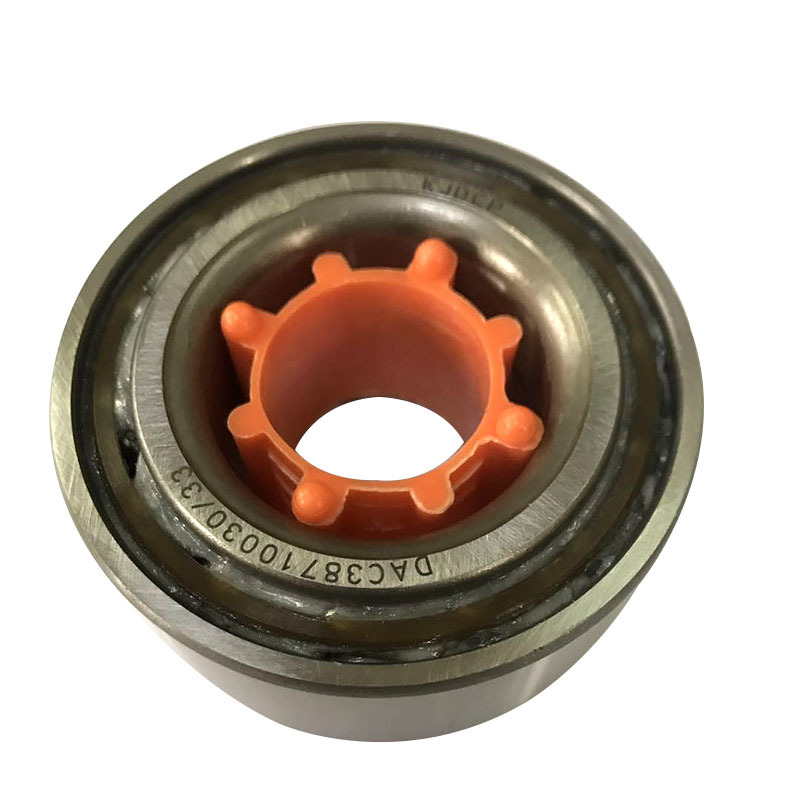How to ensure the reliability of differential bearing in different off-road conditions?
Model:
Minimum order:
Wheelbase:
Weight:
Function:
Ensuring the reliability of differential bearing in off-road conditions is a complex and critical issue, which directly affects the vehicle's performance, durability, and driving safety. Off-road conditions usually present various challenges, such as uneven terrain, muddy and slippery roads, and, all of which place high requirements on the differential bearing. In order to ensure that the vehicle can operate stably under these conditions, a series of measures need to be taken to improve the reliability of the differential bearing.
1. Material selection and design optimization
High-strength materials: Choosing materials with good wear resistance and fatigue resistance, such as high-performance alloy steel or engineering plastics, can effectively improve the service life of the bearing.
Design optimization: By optimizing the design of the bearing, such as increasing the size of the bearing and improving the lubrication system, the bearing's load-bearing capacity and wear resistance can be improved.
2. Lubrication system optimization
 igh-quality lubricating oil: Using high-quality lubricating oil that meets the requirements is the key to ensuring the normal operation of the differential bearing. Lubricating oil not only reduces friction between bearings but also carries away the heat generated during operation, preventing the bearing from overheating.
igh-quality lubricating oil: Using high-quality lubricating oil that meets the requirements is the key to ensuring the normal operation of the differential bearing. Lubricating oil not only reduces friction between bearings but also carries away the heat generated during operation, preventing the bearing from overheating.
Lubrication system: Design and maintain an efficient lubrication system to ensure that the lubricating oil is evenly distributed on the bearing surface, reducing the possibility of dry friction.
 3. Sealing and protective measures
3. Sealing and protective measures
Sealing design: Using high-quality sealing materials to ensure that the bearing is not affected by external environments such as dust and moisture, reducing the risk of bearing damage.
Protective coating: Applying anti-corrosion coating on the bearing surface can effectively prevent rust and extend the service life of the bearing.
4. Regular maintenance and inspection
Regular inspection: Regularly inspect the differential bearing to detect and repair potential problems in a timely manner.
Replacement of worn parts: Once bearing wear or damage is found, it should be replaced in a timely manner to avoid serious failure caused by the accumulation of minor problems.
5. Vehicle usage management
Safe driving: Avoid driving in extreme harsh conditions, such as driving on muddy or slippery roads for a long time, to reduce the impact on the differential bearing.
Load control: Reasonably control the vehicle load to avoid additional pressure on the differential bearing caused by excessive load.
In summary, to improve the reliability of differential bearing in off-road conditions, it is necessary to consider and implement multiple aspects such as material selection, design optimization, lubrication system, sealing protection, regular maintenance, and vehicle usage management. These measures can significantly improve the performance and safety of the vehicle in complex off-road environments.
Send Inquiry
